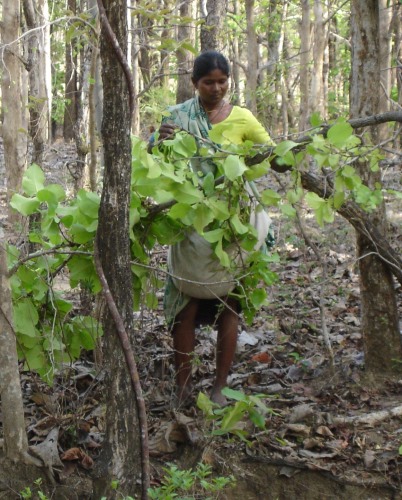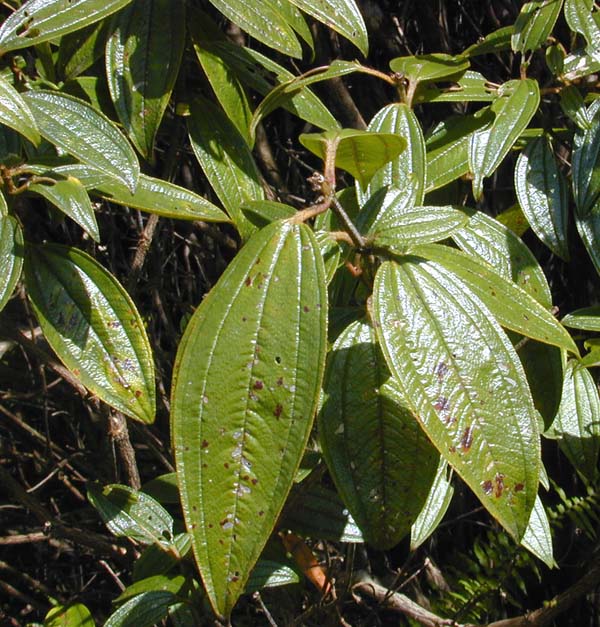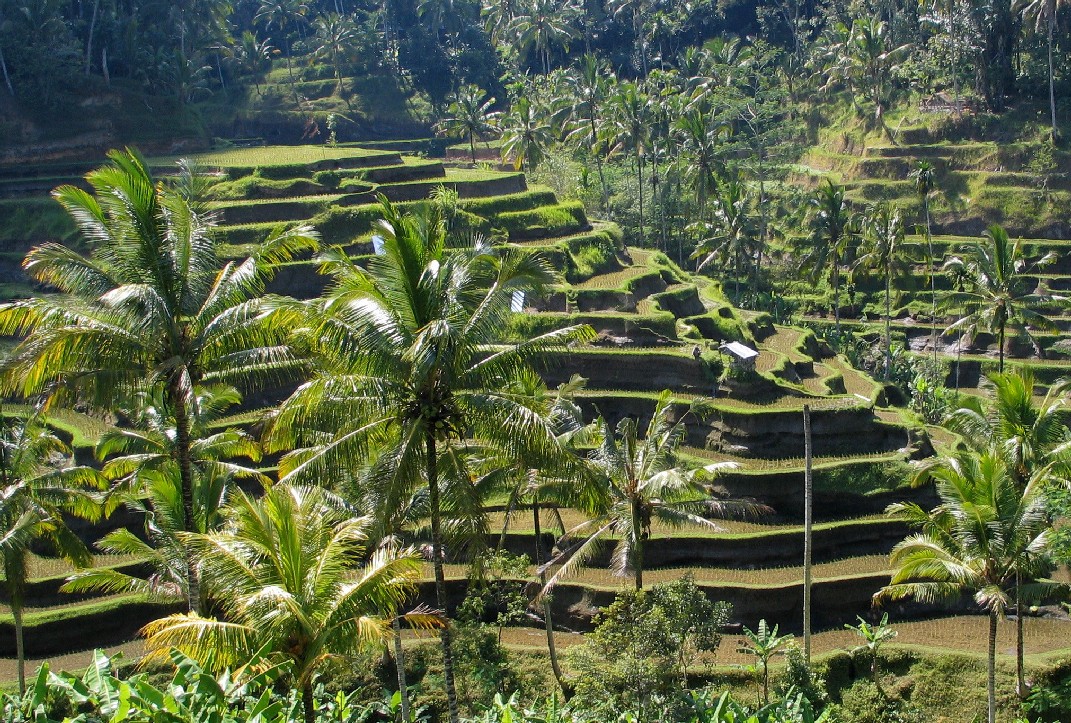|
Euthalia Monina
''Euthalia monina'', the powdered baron or Malay baron, is a species of nymphalid butterfly. The species was first described by Frederic Moore in 1859. Subspecies *''E. m. monina'' (Peninsular Malaya, Singapore, Langkawi) – Malay baron *''E. m. insularis'' Eliot, 1978 – (Peninsular Malaysia) *''E. m. kesava'' (Moore, 1859) (Sikkim to Assam, Myanmar, southern Yunnan) – powdered baron *''E. m. discipilota'' Moore, 1878 – (northern Myanmar) *''E. m. remias'' Corbet – (central Myanmar to Thailand) *''E. m. varius'' Tsukada, 1991 *''E. m. grahami'' Riley & Godfrey, 1921 – (Peninsular Thailand) *''E. m. sastra'' Fruhstorfer – (Indochina) *''E. m. tudela'' Fruhstorfer – (southern China, Hainan) *''E. m. erana'' de Nicéville – ( Sumatra, Batu Islands) *''E. m. cordata'' Weymer, 1887 – (Nias Island) *''E. m. ilka'' Fruhstorfer, 1899 – (northern Borneo) *''E. m. natuna'' Fruhstorfer, 1906 – (Natuna Islands) *''E. m. indras'' Vollenhoven – (southern Borneo) *''E. ... [...More Info...] [...Related Items...] OR: [Wikipedia] [Google] [Baidu] |
Palawan
Palawan (), officially the Province of Palawan ( cyo, Probinsya i'ang Palawan; tl, Lalawigan ng Palawan), is an archipelagic province of the Philippines that is located in the region of Mimaropa. It is the largest province in the country in terms of total area of . The capital city is Puerto Princesa. Palawan is known as the Philippines' ''Last Frontier'' and as the Philippines' ''Best Island''. The islands of Palawan stretch between Mindoro island in the northeast and Borneo in the southwest. It lies between the South China Sea and the Sulu Sea. The province is named after its largest island, Palawan Island (), measuring long, and wide."Palawan – the Philippines' Last Frontier" ''WowPhilippines''. Accessed August 27, 2008. [...More Info...] [...Related Items...] OR: [Wikipedia] [Google] [Baidu] |
Batu Islands
The Batu Islands are an archipelago of Indonesia located in the Indian Ocean, off the west coast of Sumatra, between Nias and Siberut. The three primary islands, of approximately equal size, are Pini, Tanahmasa, and Tanahbala. There are seventy-five smaller islands, of which the largest are Sipika, Tello and Sigata (all off the west coast of Tanahmasa), Simuk (considerably further to the west) and Bojo (to the south of Tanahbala); less than half are inhabited. The total land area of the seven administrative districts is 1,201.1 km2. The islands are governed as a part of South Nias regency within North Sumatra province. In Indonesian and Malay, ''batu'' means ''rock'' or ''stone''. The equator passes through the archipelago, north of Tanahmasa and south of Pini. Administratively, Pini (with offshore islets) forms the Pulau Pulau Batu Timur (East Batu Islands) District of South Nias Regency. The rest of the archipelago at the 2010 Census formerly comprised the Pulau Pulau ... [...More Info...] [...Related Items...] OR: [Wikipedia] [Google] [Baidu] |
Macaranga Hullettii
''Macaranga'' is a large genus of Old World tropical trees of the family Euphorbiaceae and the only genus in the subtribe Macaranginae (tribe Acalypheae). Native to Africa, Australasia, Asia and various islands of the Indian and Pacific Oceans, the genus comprises over 300 different species. It was first described as a genus in 1806, based on specimens collected on the Island of Mauritius. ''Macaranga'' is noted for being recolonizers. ''Macaranga'' species are used as food plants by the larvae of some Lepidoptera species including ''Endoclita malabaricus''. ''Macaranga'' species often form symbioses with ant ( Formicidae) species (particularly '' Crematogaster'' ants of the subgenus '' Decacrema'') because they have hollow stems that can serve as nesting space and occasionally provide nectar. The trees benefit because the ants attack herbivorous insects and either drive them away or feed on them. Use * Macaranga gum, a crimson resin, is obtained from ''Macaranga in ... [...More Info...] [...Related Items...] OR: [Wikipedia] [Google] [Baidu] |
Ebenaceae
The Ebenaceae are a family of flowering plants belonging to order Ericales. The family includes ebony and persimmon among about 768 species of trees and shrubs. It is distributed across the tropical and warmer temperate regions of the world. It is most diverse in the rainforests of Malesia, India, tropical Africa and tropical America. Many species are valued for their wood, particularly ebony, for fruit, and as ornamental plants. Biology The fruits contain tannins, a plant defense against herbivory, so they are often avoided by animals when unripe. The ripe fruits of many species are a food source for diverse animal taxa. The foliage is consumed by insects. The plants may have a strong scent. Some species have aromatic wood. They are important and conspicuous trees in many of their native ecosystems, such as lowland dry forests of the former Maui Nui in Hawaii, Caspian Hyrcanian mixed forests, Khathiar–Gir dry deciduous forests, Louisiade Archipelago rain forests, ... [...More Info...] [...Related Items...] OR: [Wikipedia] [Google] [Baidu] |
Diospyros Melanoxylon
''Diospyros melanoxylon'', the Coromandel ebony or East Indian ebony, is a species of flowering tree in the family Ebenaceae native to India and Sri Lanka; it has a hard, dry bark. Its common name derives from Coromandel, the coast of southeastern India. Locally it is known as ''temburini'' or by its Hindi name ''tendu''. In Odisha, Jharkhand, and Assam, it is known as ''kendu''. In Andhra Pradesh, and Telengana it is known as ''tuniki'. The leaves can be wrapped around tobacco to create the Indian '' beedi'', which has outsold conventional cigarettes in India. The olive-green fruit of the tree is edible Pharmacology The leaf of the tree contains valuable flavones. The pentacyclic triterpenes found in the leaves possess antimicrobial properties, while the bark shows antihyperglycemic activity. The bark of four ''Diospyros'' species found in India has been determined to have significant antiplasmodial effects against ''Plasmodium falciparum'', which causes malaria in hum ... [...More Info...] [...Related Items...] OR: [Wikipedia] [Google] [Baidu] |
Melastomataceae
Melastomataceae is a family of dicotyledonous flowering plants found mostly in the tropics (two-thirds of the genera are from the New World tropics) comprising c. 175 genera and c. 5115 known species. Melastomes are annual or perennial herbs, shrubs, or small trees. Description The leaves of melastomes are somewhat distinctive, being opposite, decussate, and usually with 3-7 longitudinal veins arising either from the base of the blade, plinerved (inner veins diverging above base of blade), or pinnately nerved with three or more pairs of primary veins diverging from the mid-vein at successive points above the base. Flowers are perfect, and borne either singly or in terminal or axillary, paniculate cymes. Ecology A number of melastomes are regarded as invasive species once naturalized in tropical and subtropical environments outside their normal range. Examples are Koster's curse (''Clidemia hirta''), ''Pleroma semidecandrum'' and ''Miconia calvescens'', but many other speci ... [...More Info...] [...Related Items...] OR: [Wikipedia] [Google] [Baidu] |
Clidemia Hirta
''Miconia crenata'', (syn. ''Clidemia hirta''), commonly called soapbush, clidemia or Koster's curse, is a perennial shrub. It is an invasive plant species in many tropical regions of the world, creating serious damage. Description ''Miconia crenata'' is a densely branching perennial shrub normally growing 0.5–3 m tall, but sometimes growing 5 m tall, depending on habitat. The branchlets are covered in large, stiff, brown or reddish-colored hairs. The simple leaves are oppositely arranged, oval-shaped in outline with a broad base, pointed tips, and almost entire to crenate or finely toothed margins. The leaves are also sparsely covered in hairs above, while more densely hairy beneath; and also have five distinct veins that run in an almost parallel fashion from the leaf bases to their tips. The flowers are arranged in small clusters at the tips of the branches. Each flower has five white, or occasionally pale pinkish, petals and five distinctive stamens that have a claw-like ... [...More Info...] [...Related Items...] OR: [Wikipedia] [Google] [Baidu] |
Mentawai Islands Regency
The Mentawai Islands Regency are a chain of about seventy islands and islets approximately off the western coast of Sumatra in Indonesia. They cover 6,033.76 km2 and had a population of 76,173 at the 2010 Census and 87,623 at the 2020 Census. Siberut at is the largest of the islands. The other major islands are Sipura (or ''Sipora''), North Pagai (''Pagai Utara''), and South Pagai (''Pagai Selatan''). The islands lie off the Sumatran coast, across the Mentawai Strait. The indigenous inhabitants of the islands are known as the Mentawai people. The Mentawai Islands have become a noted destination for surfing, with over 40 boats offering surf charters to international guests. Administrative districts The Mentawai Islands have been administered as a regency within the West Sumatra (''Sumatera Barat'') province since 1999. The regency seat is Tua Pejat, on the island of Sipora. Padang, the capital of the province, lies on the Sumatran mainland opposite Siberut. The regenc ... [...More Info...] [...Related Items...] OR: [Wikipedia] [Google] [Baidu] |
Lombok
Lombok is an island in West Nusa Tenggara province, Indonesia. It forms part of the chain of the Lesser Sunda Islands, with the Lombok Strait separating it from Bali to the west and the Alas Strait between it and Sumbawa to the east. It is roughly circular, with a "tail" (Sekotong Peninsula) to the southwest, about across and a total area of about including smaller offshore islands. The provincial capital and largest city on the island is Mataram. Orang Lombok is some what similar in size and density, and shares some cultural heritage with the neighboring island of Bali to the west. However, it is administratively part of West Nusa Tenggara, along with the larger and more sparsely populated island of Sumbawa to the east. Lombok is surrounded by a number of smaller islands locally called Gili. The island was home to some 3,168,692 Indonesians as recorded in the decennial 2010 censusBiro Pusat Statistik, Jakarta, 2011. and 3,758,631 in the 2020 Census;Badan Pusat Stat ... [...More Info...] [...Related Items...] OR: [Wikipedia] [Google] [Baidu] |
Bali
Bali () is a province of Indonesia and the westernmost of the Lesser Sunda Islands. East of Java and west of Lombok, the province includes the island of Bali and a few smaller neighbouring islands, notably Nusa Penida, Nusa Lembongan, and Nusa Ceningan to the southeast. The provincial capital, Denpasar, is the List of Indonesian cities by population, most populous city in the Lesser Sunda Islands and the second-largest, after Makassar, in Eastern Indonesia. The upland town of Ubud in Greater Denpasar is considered Bali's cultural centre. The province is Indonesia's main tourist destination, with a significant rise in tourism since the 1980s. Tourism-related business makes up 80% of its economy. Bali is the only Hinduism in Indonesia, Hindu-majority province in Indonesia, with 86.9% of the population adhering to Balinese Hinduism. It is renowned for its highly developed arts, including traditional and modern dance, sculpture, painting, leather, metalworking, and music. The Ind ... [...More Info...] [...Related Items...] OR: [Wikipedia] [Google] [Baidu] |
Java
Java (; id, Jawa, ; jv, ꦗꦮ; su, ) is one of the Greater Sunda Islands in Indonesia. It is bordered by the Indian Ocean to the south and the Java Sea to the north. With a population of 151.6 million people, Java is the world's most populous island, home to approximately 56% of the Indonesian population. Indonesia's capital city, Jakarta, is on Java's northwestern coast. Many of the best known events in Indonesian history took place on Java. It was the centre of powerful Hindu-Buddhist empires, the Islamic sultanates, and the core of the colonial Dutch East Indies. Java was also the center of the Indonesian struggle for independence during the 1930s and 1940s. Java dominates Indonesia politically, economically and culturally. Four of Indonesia's eight UNESCO world heritage sites are located in Java: Ujung Kulon National Park, Borobudur Temple, Prambanan Temple, and Sangiran Early Man Site. Formed by volcanic eruptions due to geologic subduction of the Aust ... [...More Info...] [...Related Items...] OR: [Wikipedia] [Google] [Baidu] |






